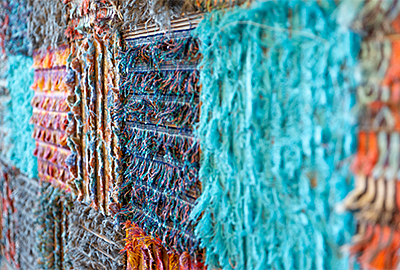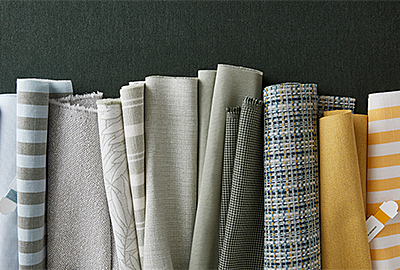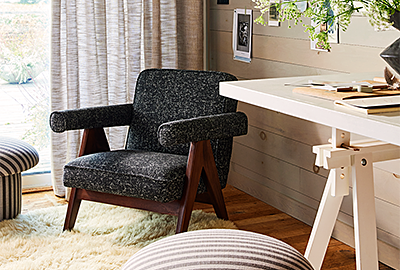As a design principle, tonality is ubiquitous. From textiles to cosmetics, tonality is widely used and understood because there is never just one way to show tonality in design—it creates juxtaposition that works in any setting. As a leader in the textile industry, the innovative design team at Sunbrella creates textile solutions that are design-forward. By creating an assortment of colors, patterns, and textures, we give our customers the tools create and curate a space that feels personal and like home.


Origins
At its basis, tonality can be described as the color scheme or range of tones used in a setting. These tones can range from light to dark. The breadth of possibilities makes tone one of the most powerful design elements you can use.
The concept of tonality has grown in popularity over the past 20 years. In a recent discussion with designer and creative director, Sherri Donghia, she recalled noticing trends of tonality in the carpet industry in Turkey decades ago.
Sherri now sees those same concepts of tonality applied across fashion, home interiors, and cosmetic industries. She believes tonality’s success as a commercial concept can be attributed to its variance in colors, materials, and textures.
To use tonality in your designs, don’t worry too much about matching colors exactly. Blend and use different shades. It’s about blurring and blending, not about matching.


Light, Texture, and Color
When considering color for any space, you must first understand how different color can appear on different materials, from different perspectives, and under different lighting.
Color is not a one-dimensional concept. Texture, lighting, and placement should all be considered when selecting where a color goes. When using tonality as a design element, layering a mix of materials, textures, and colors is key to making the space more dynamic and come to life.


Different times of day and different lighting matter when assessing how a color will suit a space. Even how the light is filtered into the room can play a part in perception—for instance, will you be placing the color in an area with blinds or sheer shades?


Grounding Elements
One of the appeals of tonality is that it does not look studied, instead giving a more natural appearance—as if it was casually placed together. To achieve this perspective, include grounding elements to create a complete look.
Nuanced Neutrals are a great base for any design because of their organic, natural look. Neutrals are some of the more popular fabrics used in Sunbrella due to their easy-to-clean durability and we have quite a wide range for you to choose from. Because there is such a wide selection, and with such nuanced details, you can even create a tonal design with neutrals.
To make your tonal design come together and feel cohesive, use clear, clean, vivid colors throughout the space. By adding in a pop of fluorescent, metallic, or neon, a dynamic, complete look is formed, and the space feels current.


Completing the Look
Feeling inspired? View our fabric selection to begin creating your perfect tonal space.





